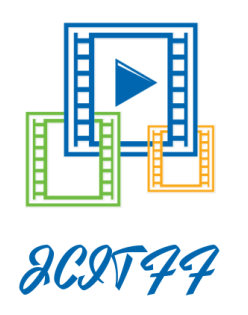Deep Dive into CRUD Operations in the English Language
Whether you’re a seasoned developer or a novice in the world of programming, the concept of CRUD – an acronym for Create, Read, Update, Delete – is a key foundational block you cannot afford to ignore. These are the four basic functions that form the backbone of any functional system, particularly web applications. This article, articulated in the English language, seeks to delve deeper into these operations and their relevance in modern-day application development.
Understanding CRUD
CRUD operations correspond to the SQL commands INSERT, SELECT, UPDATE, DELETE, respectively. Almost every sophisticated software you interact with on daily basis, from your social media apps like Facebook and Instagram to your banking app, utilizes these operations. They allow you to create data, retrieve it, update it and remove it when it’s no longer needed.
Create (C)
The ‘Create’ in CRUD represents the insertion of data into the database. User registration on a website is a classic example of a create operation. When you fill out the sign-up form, the information is sent and stored in the database.
Read (R)
The ‘Read’ operation fetches or retrieves data from the database. This is what happens when you view a profile on a social media site or check your balance in your banking app. The data is read from the database and displayed to you.
Update (U)
‘Update’ operation involves modifying existing data in the database. For instance, when you edit your profile information on a website or app, an update operation takes place.
Delete (D)
Finally, ‘Delete’ operation involves the removal of data. When you decide to erase a post on your social media or delete your account entirely, a delete operation is performed.
CRUD in Modern Day Application Development
CRUD operations are integral to the functionality of every interactive website or application. They are the basic steps every programmer must understand and master. Fortunately, many programming languages these days offer various libraries and frameworks that simplify performing these operations.
For comprehensive learning and hands-on experience with CRUD operations, MongoDB provides an excellent platform. Check out the getting-started guide at MongoDB official documentation.
In conclusion, understanding CRUD operations is essential for anyone venturing into the world of programming, particularly in application development. This simple yet powerful concept, when mastered, can greatly enhance your coding skills and your ability to create dynamic and interactive applications.
